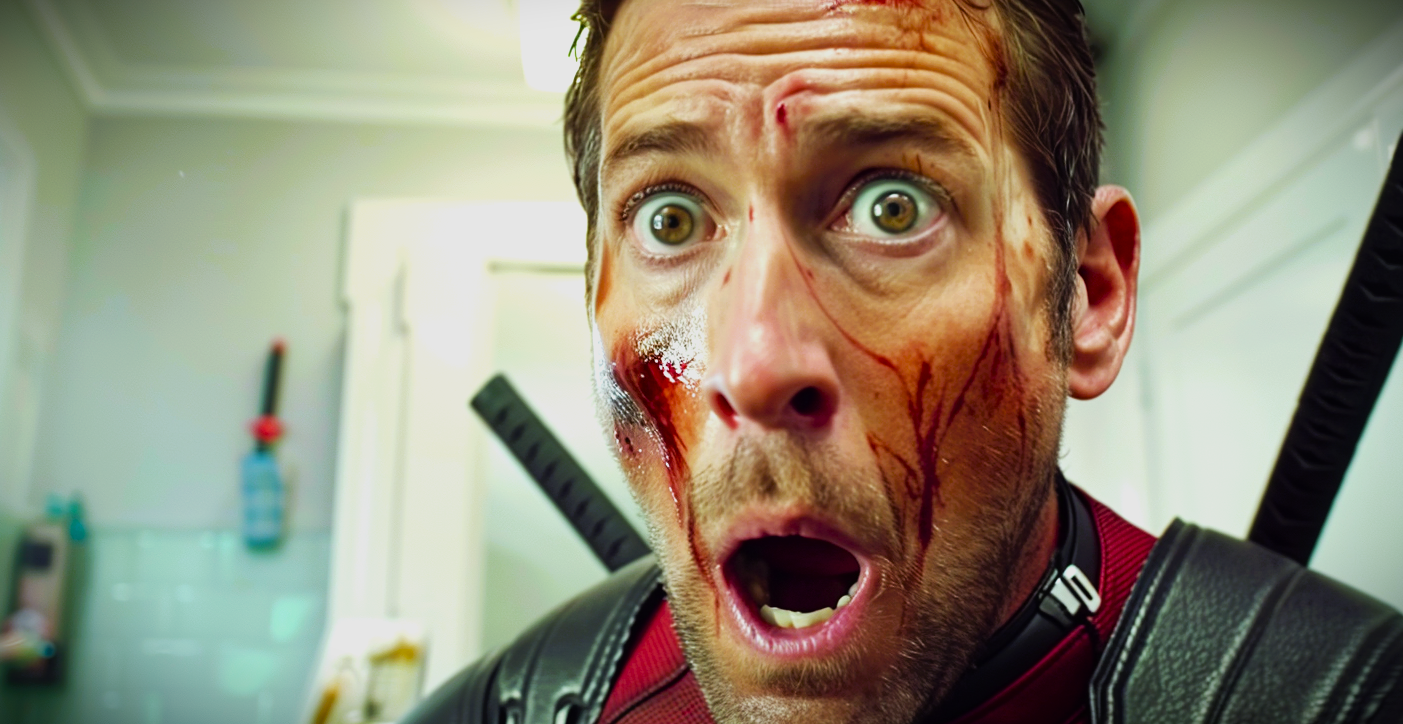When you’re stressing over scars or acne on your face, just remember: even Wade Wilson (aka Deadpool), with his healing factor, struggles with his appearance.
Totally, you might wonder why Deadpool can regenerate body cuts but not heal his facial skin.
This could just be a creative choice by Marvel artists, but there’s also a science-based explanation. Don’t worry—we’ll dive into that soon.
Let’s get started!
Contents
But First, How Deadpool’s Regenerative Healing Factor Works?
Deadpool is a mutate, which means his mutation abilities came from experimentation. In his case, his healing factor was derived from Wolverine’s DNA.
Scientifically speaking, his abilities are a result of cancer-combating experiments, which arguably function like a cell-balancing mechanism.
Cancerous cells grow uncontrollably when immature, causing harm. However, every cell has genes that regulate this growth once they reach a certain maturity.
Deadpool effectively controls these genes’ activation rates. When injured, his cells suppress the tumor suppressor genes (which normally control harmful cell growth) and boost the oncogenes (which promote cell growth), thus accelerating healing.
Once healed, the suppressor genes resume their role, striving to maintain a balance with the cancerous cells.
In other words, while he may cure or heal any injury on his body, he is perpetually afflicted with cancer.
His Facial And Body Is Out Of Healing Factor’s Terms of Service?
Despite all the details, it is evident that Deadpool’s healing factor doesn’t restore him to the best-looking Wade Wilson but rather to the point when he becomes Deadpool.
So, why doesn’t his skin fully heal?
Let’s examine the “Mutation Scene” in the 2016 film “Deadpool.” It’s clear that his scarred skin appears before the mutation fully activates, isn’t it?
In Marvel Comics, a similar story unfolds. Diagnosed with cancer, Wade Wilson signs up for the Canadian government’s Weapon X project.
The experiment grants him remarkable powers but leaves his skin permanently scarred. His healing factor maintains this state, controlling his cancer without restoring his original appearance.
These plots share a common explanation for this phenomenon: The limit of the cell-balancing mechanism is set at the time Wade becomes Deadpool, complete with a scarred face.
Arguably, when healing cells—or oncogenes—are about to repair Deadpool’s skin, tumor suppressor genes intervene, halting the process and leaving his skin scarred.
Moreover, it is worth noting that Deadpool’s scarred skin is formed by cancerous cells, which have coexisted with Wade all along.
Deadpool Regenerates His Skin Once, But How?
Can Wade Wilson ever regain his good looks and bring his handsome face back to town? Surprisingly, he did once.
Deadpool regained his good looks after the Weapon X program when he received a potent healing serum that temporarily fixed his face.
This event unfolds in Deadpool #57 from 2001, where Sabretooth convinces Deadpool to join an enhanced Weapon X program.
Initially reluctant, Deadpool agrees and receives an experimental serum designed to boost his healing abilities.
The serum heals every scar on Deadpool’s body, restoring his attractive appearance. However, as is often the case with Marvel heroes seeking a cure, his scars eventually return.
This fleeting moment of normalcy underscores the limits of his healing factor.
So technically, while Deadpool can’t continuously regenerate his skin, he was indeed able to do so once.
What do you guys think? Is there any chance to bring Wade’s beauty back? Share your thoughts!
